Cold vs. COVID: Symptoms and Treatment
Key Takeaways
- The common cold and COVID-19 are both respiratory infections caused by viruses, so they share many symptoms as a result.
- Fever and chills are more common with COVID-19, but the best way to determine what’s causing your symptoms is to get tested.
- Cold and COVID-19 symptoms can improve with proper rest, hydration, and OTC medications, but more severe cases of COVID-19 may require antiviral medication.
The common cold and COVID-19 are both types of respiratory infections caused by viruses. As a result, they have many symptoms in common and can easily be mistaken for one another - mild COVID-19 symptoms can feel like a cold, and vice versa.
However, there are also marked differences between these conditions, and being able to identify these differences can help you to protect yourself and your loved ones and get proper treatment.
Here’s what you need to know about symptoms and treatment for both the common cold and COVID-19.
Common cold causes and symptoms
The common cold can be caused by a number of viruses. However, it is most commonly caused by a type of virus called a rhinovirus, which can cause inflammation in your sinuses, throat and upper airways.
Rhinoviruses can be transmitted through tiny respiratory droplets when an infected person coughs, sneezes, or talks. It can also spread through direct contact with contaminated surfaces.
Common cold symptoms include:
- Runny nose (also known as nasal discharge or rhinitis)
- Nasal congestion (stuffy nose)
- Sneezing
- Post-nasal drip
- Sinus pressure or facial pressure
- Coughing
- Sore throat
- Decreased sense of smell
- Body aches
COVID-19 causes and symptoms
COVID-19, shorthand for Coronavirus Disease 2019, is a highly contagious respiratory illness caused by a coronavirus called SARS-CoV-2. It primarily spreads through respiratory droplets released when an infected individual coughs, sneezes, talks or breathes near others.
Common symptoms of COVID-19 include:
- Fever or chills
- Cough
- Fatigue
- Muscle or body aches
- Headache
- Loss of taste
- Loss of smell
- Sore throat
- Congestion or runny nose
- Nausea or vomiting
- Diarrhea
Symptoms of COVID-19 can vary in severity. Many people experience symptoms on par with those of a common cold, while others are at higher risk of experiencing severe symptoms that require hospitalization. According to the Centers for Disease Control and Prevention (CDC), “high risk” populations include those over the age of 65, people with weakened immune systems, overweight or obese individuals, pregnant women, and people with type 1 or type 2 diabetes.
How can you tell if it’s a cold or COVID?
Many cold and COVID symptoms (like a cough, sore throat, or runny nose) are similar. Others, like fever and chills, are more common with COVID-19 than the common cold. Therefore, the best way to tell if you’re dealing with a cold or COVID-19 is to get tested. You can do this at your local doctor’s office, urgent care, or with an at-home COVID-19 rapid test. You can get up to 4 free at-home COVID test kits through the United States Postal Service.
You can also compare symptoms using the symptom checker chart below:
| Symptom | Cold | COVID-19 |
|---|---|---|
| Symptom onset | 1-3 days after exposure | 2-14 days after exposure |
| Body and muscle aches | Common | Common |
| Chest pain or discomfort | Common | Common |
| Chills | Rare | Common |
| Cough | Common | Common |
| Headache | Rare | Common |
| Fever above 100°F | Rare, more common with children | Sometimes, can last 2-7 days |
| Loss of taste | Sometimes | Common |
| Loss of smell | Sometimes | Common |
| Runny nose | Common | Common |
| Shortness of breath | Rare | Common |
| Sore throat | Common | Common |
| Tiredness | Common | Common |
| Sneezing | Common | Common |
Common cold treatment
The common cold is relatively mild, especially compared to other respiratory viruses like the flu, COVID-19, or RSV. The severity and length of illness may vary from person to person, but the disease is usually managed with simple self-care strategies or over-the-counter (OTC) medication.
Self-care strategies include:
- Get plenty of rest to help your body maintain the energy it needs to fight a respiratory tract infection.
- Stay hydrated with fluids like water, juice, herbal teas, and broth
- Prioritize nutrition by maintaining a healthy diet of fruits and vegetables to boost your immune system
Common OTC medications used to treat a cold include:
- Saline nasal sprays, which rinse and clean the nasal passages to reduce symptoms.
- Steroid nasal sprays like fluticasone (Flonase), which help reduce inflammation and reduce symptoms of facial pain, headaches, and congestion.
- Decongestants, which can clear up the mucus blockage in the nasal passages, reducing facial pressure and nasal discharge symptoms. You should only use a nasal decongestant for a few days, as repeated use can cause more severe congestion.
- OTC pain relievers such as ibuprofen and acetaminophen, which can help minimize body aches, sinus pain, and fever symptoms.
COVID-19 treatment
Like other viral infections, COVID-19 will usually go away on its own after a week or so. As of March 2024, the CDC guidance recommends that individuals who have tested positive for COVID-19 self-isolate until they have been fever-free for at least 24 hours without the help of fever-reducing medications, or have seen symptom improvement for at least 24 hours.
While self-isolating, use these self-care methods to reduce your symptoms and speed up recovery:
- Stay in isolation to prevent the spread of the virus to others.
- Get plenty of rest to help your body recover.
- Hydrate with fluids like water, herbal teas, and clear broths to stay hydrated.
- Consider OTC medications like acetaminophen or ibuprofen to help reduce fever and alleviate discomfort
- Use a humidifier in your room to maintain comfortable humidity levels and ease respiratory symptoms.
- Keep an eye on your symptoms and seek medical attention if they worsen or you have difficulty breathing.
- Maintain a healthy diet focusing on fruits, vegetables, and well-balanced meals to support your immune system.
A health care provider may also prescribe medication for individuals who have tested positive for COVID-19 and are at high risk for hospitalization or severe complications caused by the disease. Antiviral medications used to treat COVID-19 include nirmatrelvir and ritonavir (Paxlovid), molnupiravir (Lagevrio), and remdisivir (Veklury).
Preventing the cold and COVID-19
Knowing hygiene and wellness practices is part of the trick to staying healthy during the flu and cold season. While these methods aren’t a surefire way of avoiding illness, they can help prevent infection.
Some preventative measures against different viruses include:
- Hand hygiene: Wash your hands frequently with soap and water for at least 20 seconds, and use alcohol-based hand sanitizer when soap and water are unavailable.
- Respiratory hygiene: Cover your mouth and nose with a tissue or elbow when coughing or sneezing.
- Avoid close contact: Stay away from sick individuals and maintain physical distance during peak cold and flu season.
- Avoid touching face: Refrain from touching your eyes, nose, and mouth with unwashed hands.
- Clean and disinfect: Regularly clean and disinfect frequently touched surfaces.
- Stay home if you’re sick: If you're sick, stay home to prevent spreading illness to others.
- Stay hydrated and nourished: Maintain a healthy diet and drink lots of fluids to support your immune system.
- Stay rested: Get enough restorative sleep - at least 7-9 hours per night - to bolster your body's defenses.
- Take travel precautions: Be cautious when traveling, especially during peak cold and flu season, and follow recommended guidelines.
While there is no vaccine for the common cold, vaccinations and periodic booster shots for COVID-19 are available to help protect you and your loved ones from infection and severe illness.
How Sesame can help
If you’re concerned about your symptoms or are looking for more information, Sesame offers same-day, affordable online COVID-19 visits and online cold and flu visits.
These convenient visits connect patients directly with licensed healthcare providers for a diagnosis and treatment. discuss your concerns with a medical care expert and get medication prescribed if appropriate, all from the comfort of your home.
Related posts

It can be hard to tell if you are managing the flu or COVID-19. An understanding of these illnesses and their symptoms can help you get the proper treatment.
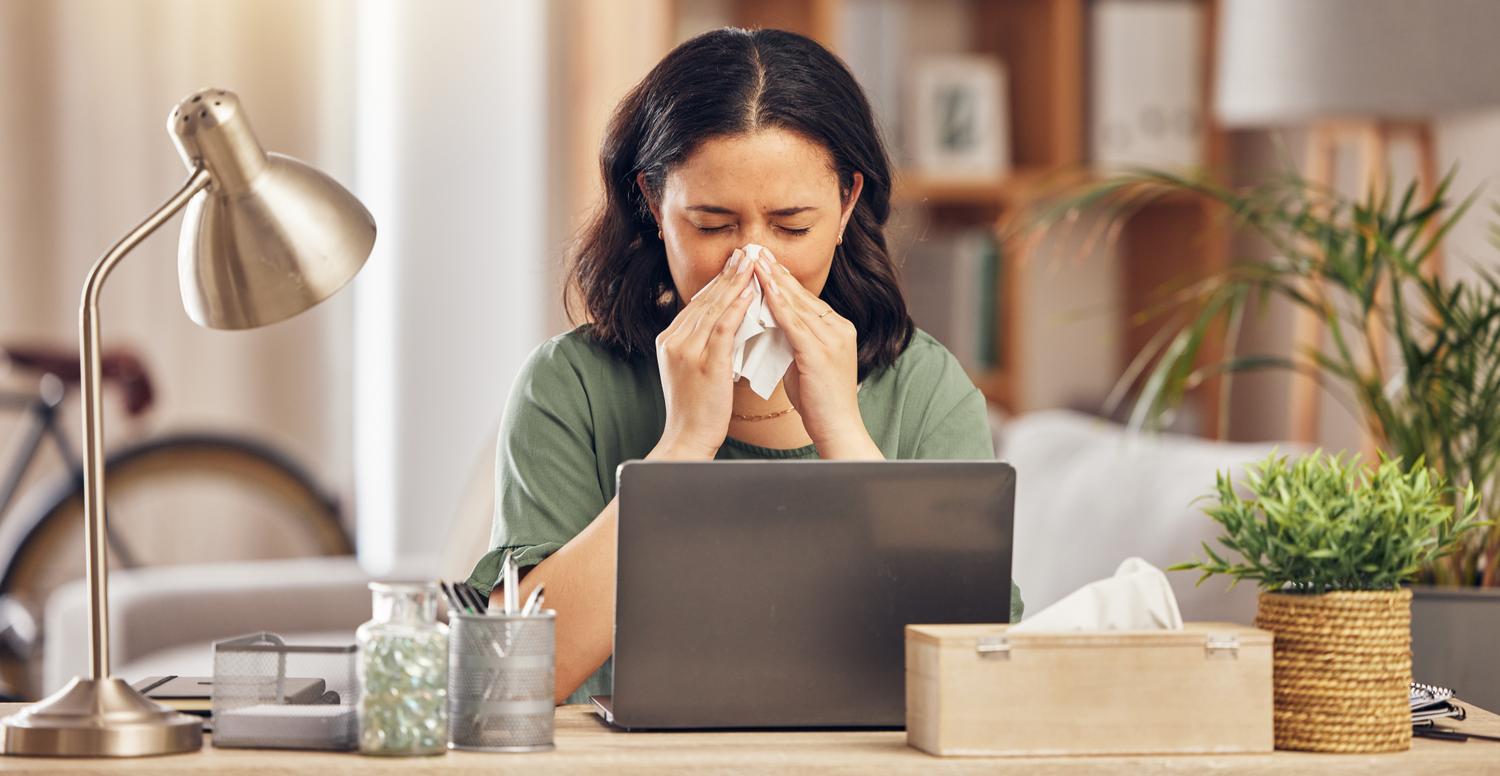
Discover how to tell if you have a cold or the flu, key symptoms to watch for, and the best treatment options. Book an online visit with Sesame Care for expert guidance.

A sinus infection and a coronavirus-19 (COVID-19) infection can seem similar. Learn more about the differences between these conditions and how to treat them.
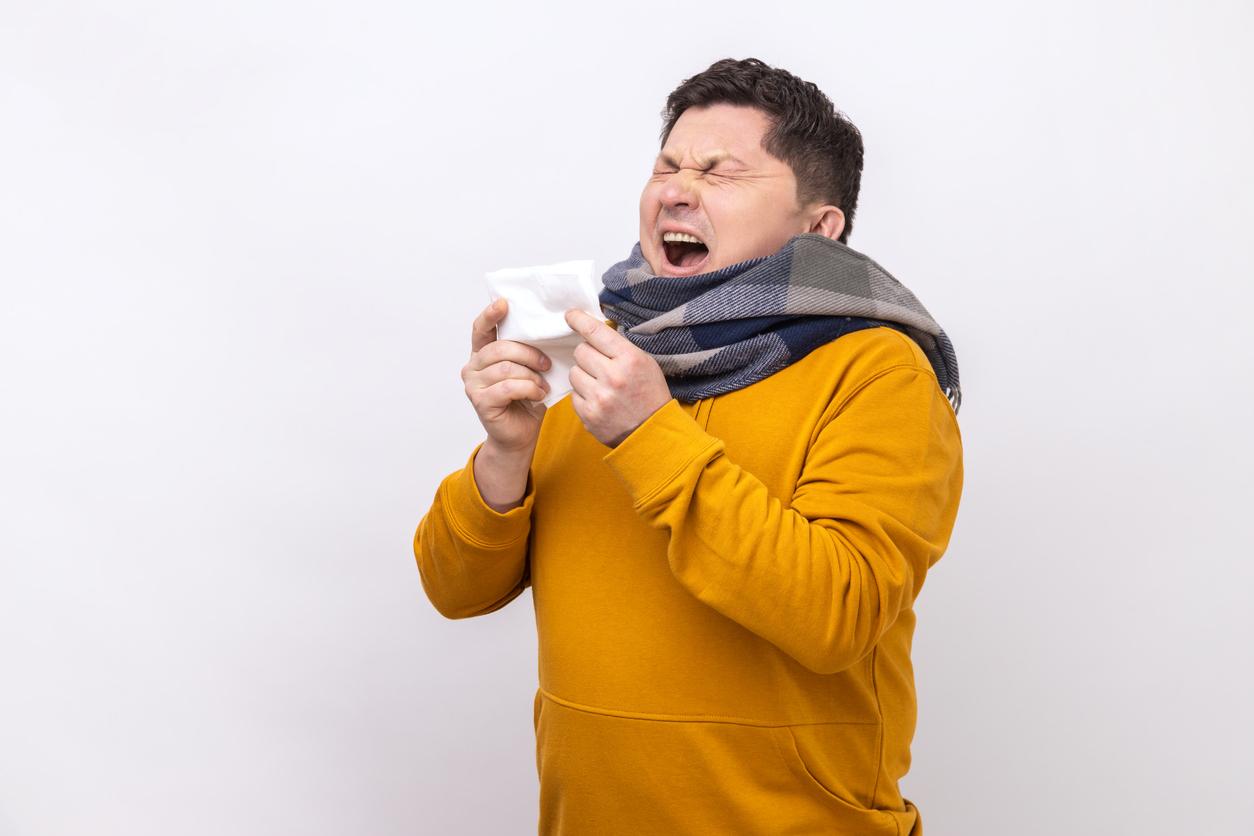
Sinus infections and common colds cause many of the same symptoms, so it may be hard to distinguish between the two. However, these conditions require different treatment methods, so knowing their differences is important.
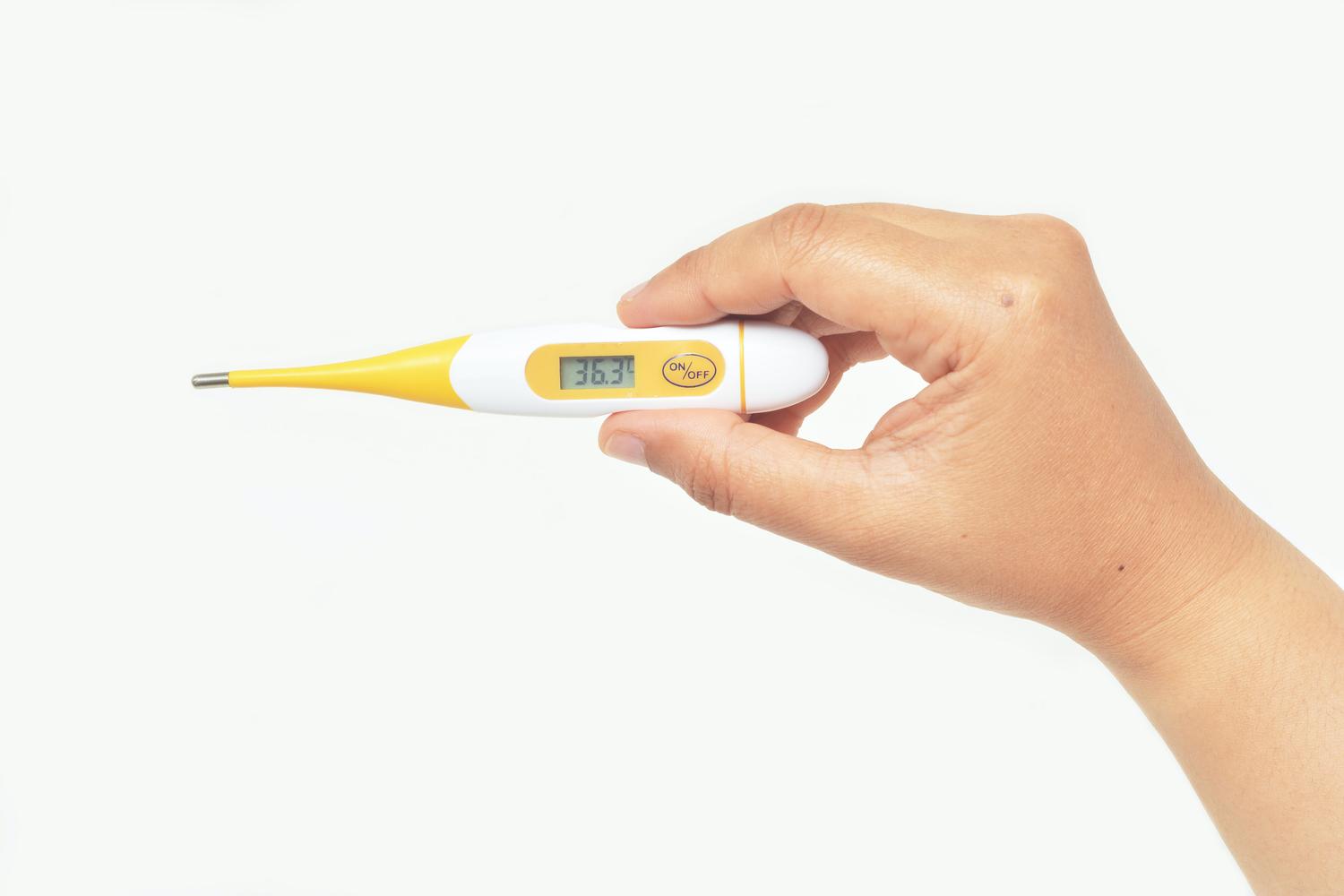
As the US continues to see a rapid spike in RSV (Respiratory Syncytial Virus), flu and Covid-19 infections this winter, some health officials are referring to the collision of these respiratory viruses as a “tripledemic”.
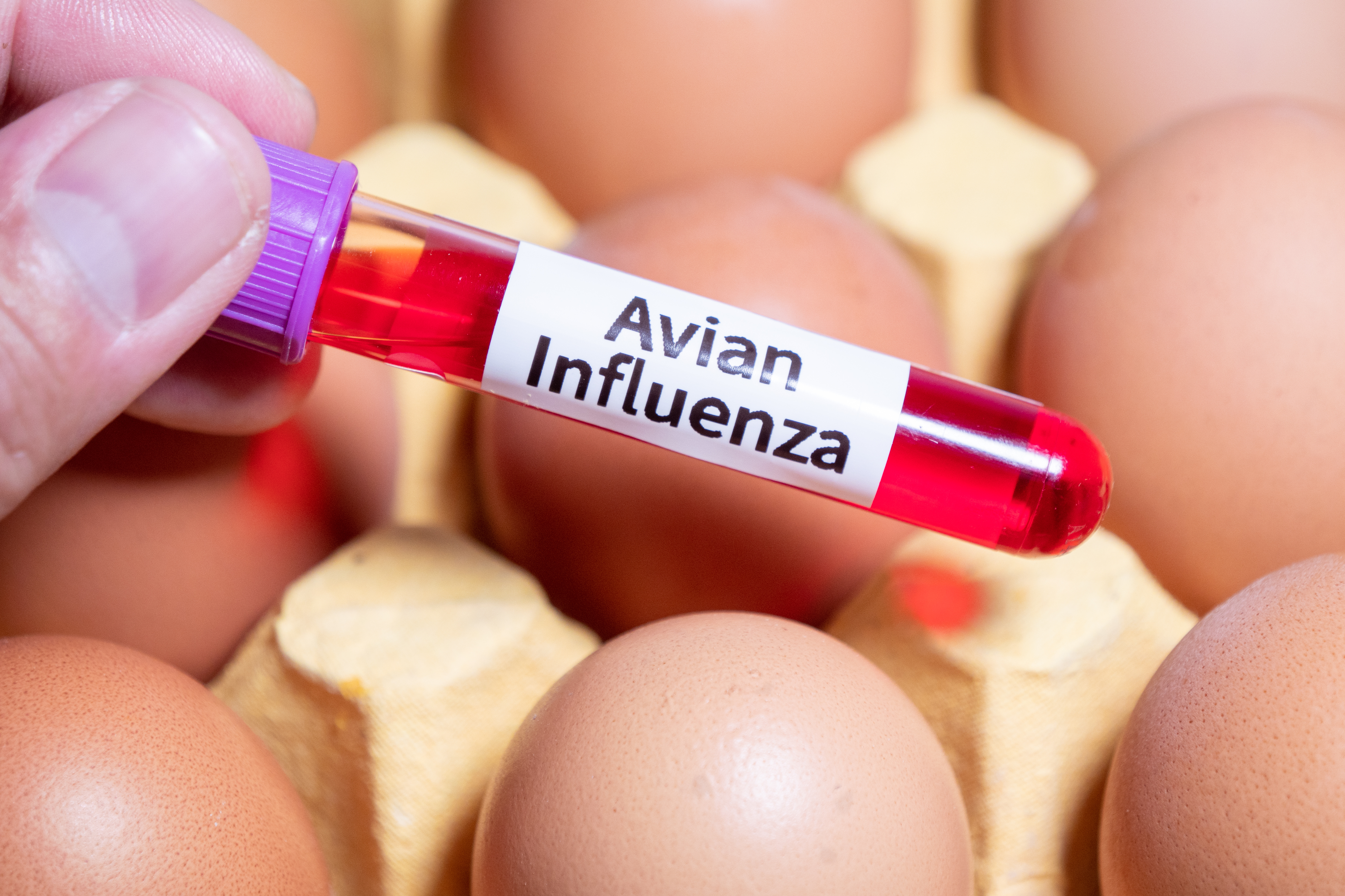
Learn about treatment options for the avian flu and how to get a same-day prescription for antiviral medications like Tamiflu.
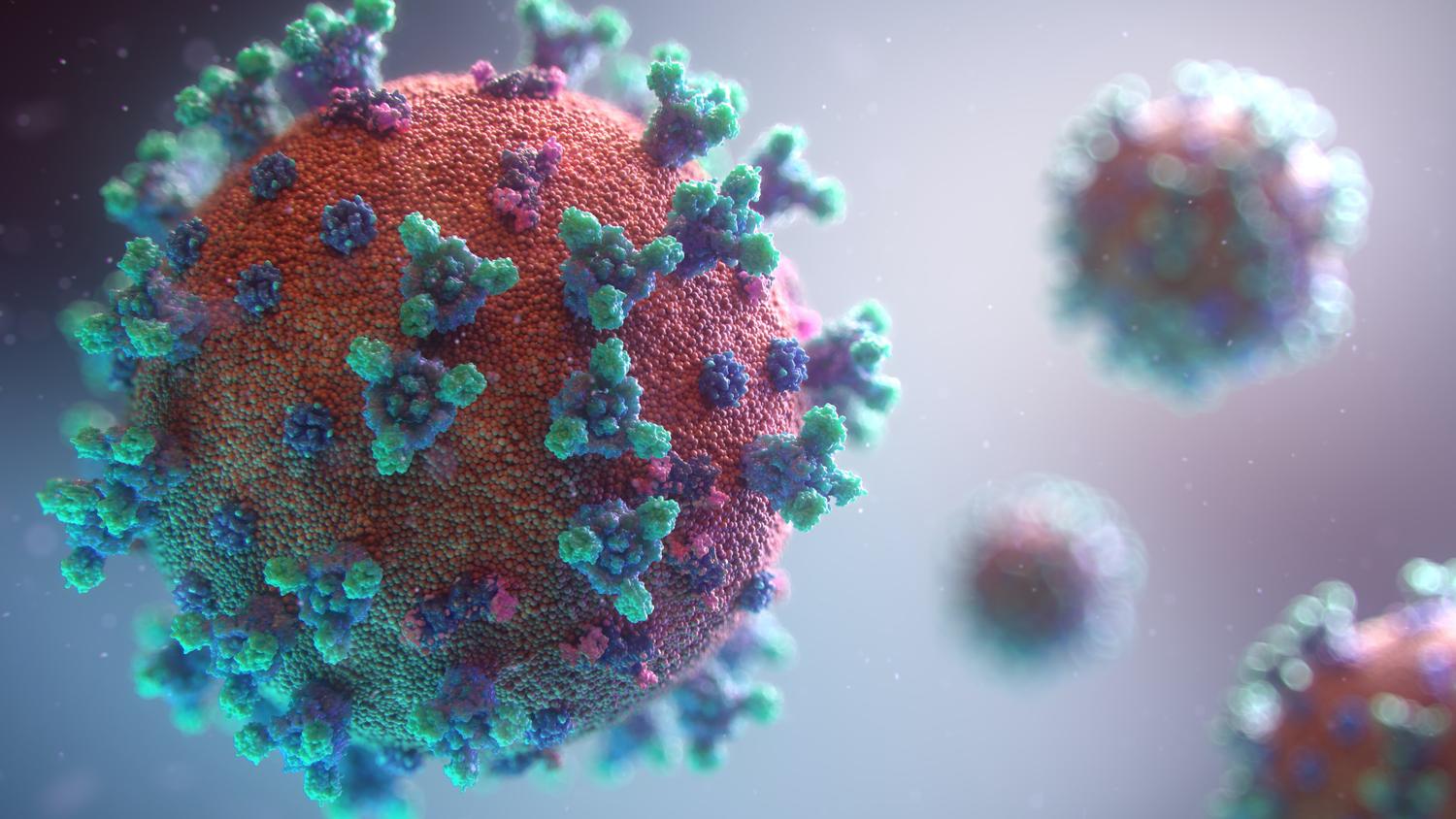
Symptom checkers are helpful but aren’t the be-all, end-all. The best thing you can do if you or a loved one are feeling flu-like symptoms is to talk to your doctor and get tested for COVID-19.

A children's medicine shortage is hitting stores just as flu season starts. Hear from Sesame's Medical Director, Allison Edwards, about steps you can take to protect your child.

Heat exhaustion and heat stroke vary in terms of severity, symptoms and treatment. Read on to learn more about the differences between these conditions, along with treatment and prevention measures.
